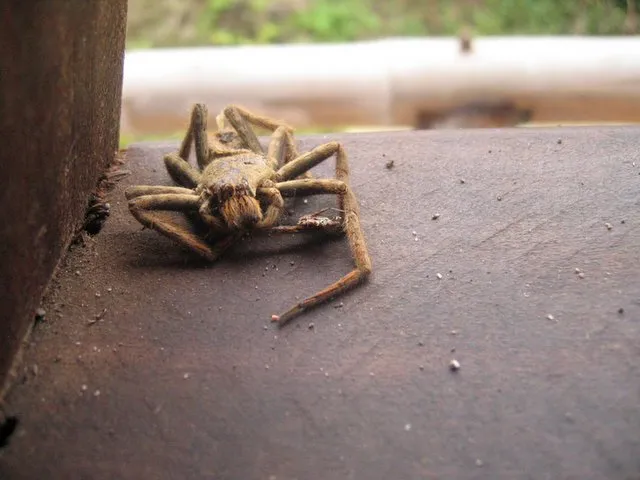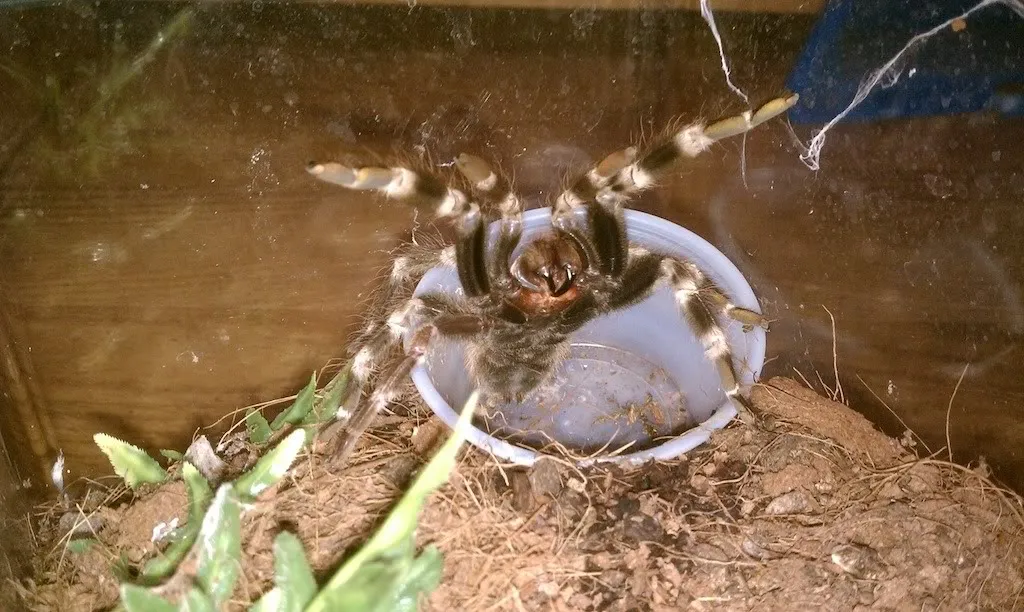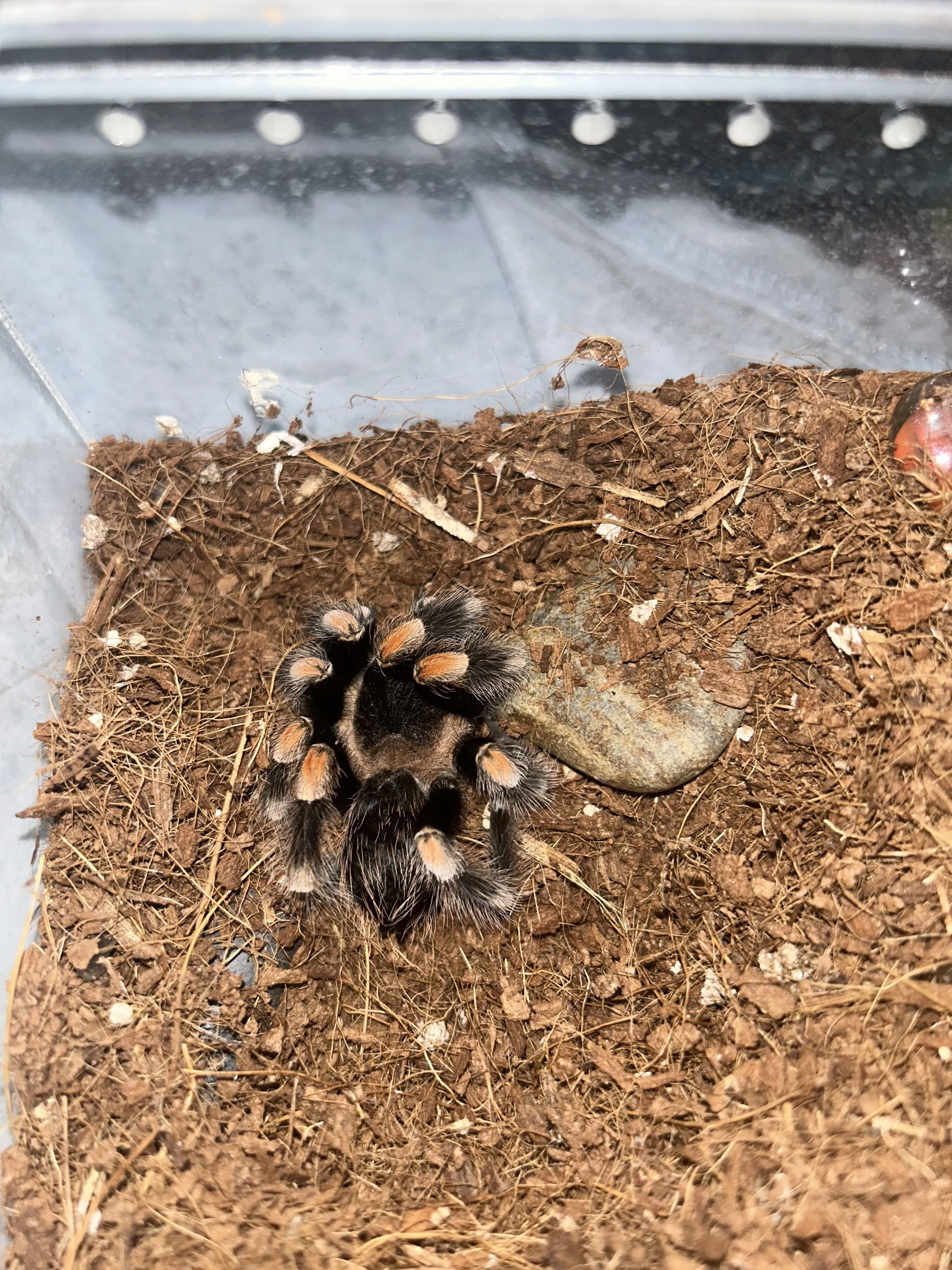Understanding Tarantula Preservation
Preserving a tarantula is a delicate process, a blend of science and art, allowing you to memorialize a beloved pet or study the intricate details of these fascinating creatures. The goal is to halt decomposition while maintaining the tarantula’s natural appearance as closely as possible. This involves removing moisture and preventing the growth of bacteria and fungi, which are the primary causes of decay. Various methods exist, each with its own advantages and challenges. Success depends on factors such as the tarantula’s size, species, and the tools and techniques available. Understanding the basics of preservation is essential for a successful outcome and a lasting tribute to your arachnid companion. Thorough preparation and attention to detail are crucial to ensure your preserved tarantula remains a testament to its beauty for years to come, free from deterioration and pest infestations.
Why Preserve Your Tarantula
There are many reasons why someone might choose to preserve a tarantula. For pet owners, it can be a way to honor and remember a cherished companion, providing a lasting physical reminder of the bond formed. It is a tangible way to keep a memory of a deceased pet alive. For collectors, preservation allows the acquisition of unique specimens that may otherwise be unavailable, or that have a unique color or characteristic. For scientists and students, a preserved tarantula provides an opportunity for detailed anatomical study, facilitating research and educational endeavors. These preserved specimens provide a physical reference for studying the species’ morphology, and the study of preserved specimens offers unique perspectives, enabling direct observation and hands-on learning opportunities that contribute to a deeper understanding of arachnids. Preserving a tarantula is also an artistic endeavor, allowing you to showcase the intricate details of these magnificent creatures. A preserved tarantula can serve as a unique piece of art, a conversation starter, and a symbol of the beauty and diversity of the natural world.
Selecting the Right Tarantula

Choosing the right tarantula for preservation involves considering several factors to ensure the best possible outcome. The size and condition of the tarantula are crucial. Larger tarantulas generally provide more visually appealing specimens, while smaller ones can be more challenging to preserve. The overall health and condition of the tarantula before its passing also play a significant role. Tarantulas that were healthy at the time of death are more likely to result in a well-preserved specimen. Inspect the tarantula carefully for any existing damage, such as broken legs or missing hairs, as this will impact the final appearance. The species of tarantula can also influence the preservation process. Different species have varying body compositions, which may require adjustments to the drying or mounting methods. Be aware of the species’ specific needs and handle it accordingly. If you are planning on preserving a tarantula you own, it’s recommended to gather all necessary tools before the passing. This will make the process a lot less hectic.
Preparing the Tarantula for Preservation
Proper preparation is paramount to successful tarantula preservation. The first step is to handle the tarantula gently to avoid further damage. Begin by carefully positioning the tarantula in a lifelike pose. Use pins or small weights to arrange the legs, pedipalps, and chelicerae in a natural manner. This step is crucial for creating a visually appealing display. Next, ensure the tarantula is properly supported during the drying process. Consider using a foam base, pinning the tarantula directly to it, or creating a small platform to maintain its position. These steps are particularly important during air drying. The goal is to allow the tarantula to dry in a fixed position to retain its shape and prevent distortion. Finally, it is essential to work in a clean environment to prevent contamination. This includes sterilizing your workspace and tools to minimize the risk of bacterial or fungal growth. A clean preparation area is the foundation for a successful preservation.
Cleaning the Tarantula
Cleaning the tarantula before preservation is a critical step to remove dirt, debris, and any potential contaminants. Start by gently brushing the tarantula’s hairs with a soft brush or a small paintbrush. This will help remove loose dirt and dust particles. For more thorough cleaning, use a cotton swab dipped in a mild solution of water and a small amount of dish soap. Carefully wipe the tarantula’s body, paying attention to the legs, abdomen, and chelicerae. Avoid over-wetting the tarantula to prevent damage. Rinse the tarantula with clean water using a damp cloth or cotton swab. Be sure to remove all traces of soap to avoid residue. After cleaning, gently pat the tarantula dry with a soft towel or allow it to air dry for a short period. Ensure the tarantula is completely dry before proceeding to the next preservation step to prevent mold growth. If there are any visible parasites, such as mites, consider carefully removing them with tweezers or a fine needle before cleaning.
Drying Methods for Tarantulas

Drying is a critical stage in tarantula preservation, as it removes moisture, prevents decay, and hardens the exoskeleton. The choice of drying method depends on your resources, the size of the tarantula, and the desired outcome. Two common methods are air drying and freeze-drying. Air drying is the more accessible method, allowing for preservation at home. Freeze-drying offers a more sophisticated approach, resulting in less shrinkage and distortion. Both methods have their unique benefits and drawbacks. Regardless of your choice, the goal is to remove all moisture without damaging the tarantula. Proper drying ensures the preservation of the tarantula’s form, color, and structural integrity. Consider factors like humidity, temperature, and the potential for insect pests during drying. Always monitor the process closely and adjust as needed to achieve the best result.
Air Drying Technique
Air drying is a straightforward method suitable for beginners. After preparing and cleaning the tarantula, carefully position it on a supportive surface, such as a foam base or a cardboard platform. Arrange the legs and other appendages in a natural pose, using pins or small weights to hold them in place. Place the tarantula in a dry, well-ventilated area, away from direct sunlight and extreme temperatures. Direct sunlight can cause the tarantula to fade. The drying time will vary depending on the size of the tarantula and the environmental conditions. It can take several weeks or even months to complete. Monitor the tarantula regularly for any signs of mold, decay, or changes in appearance. It may be necessary to adjust the position or environment to ensure the tarantula dries evenly. Once the tarantula is completely dry, carefully remove the pins or weights and prepare it for mounting and display.
Freeze-Drying Method
Freeze-drying offers a more advanced approach, resulting in superior preservation quality, less shrinkage, and better retention of color and form. This method requires specialized equipment, namely a freeze-dryer. After preparing and cleaning the tarantula, place it in the freeze-dryer chamber, carefully positioning it as desired. The freeze-dryer removes moisture through sublimation, where water changes directly from a solid to a gas, bypassing the liquid state. Follow the manufacturer’s instructions for the freeze-drying process, which typically involves freezing the tarantula and then applying a vacuum to remove the ice. The duration of the freeze-drying process will depend on the size of the tarantula and the specific equipment. Monitor the process carefully to ensure the tarantula dries completely. Once the process is complete, remove the tarantula from the chamber and allow it to reach room temperature before handling. Freeze-drying is particularly beneficial for larger tarantulas. It preserves the details and coloration, creating a high-quality specimen ready for mounting and display.
Mounting and Displaying Your Preserved Tarantula

Mounting and displaying your preserved tarantula is the final step, transforming it into a unique and captivating piece. Choosing the right display method will protect your specimen and enhance its visual appeal. Common methods include pinning the tarantula inside a shadow box or displaying it in a glass dome or display case. When mounting, use insect pins or small, fine-gauge wires to secure the tarantula to the backing. Ensure the tarantula is positioned in a natural and visually appealing pose. Consider adding a small label with information about the species, date of preservation, and any other relevant details. The display case or shadow box should provide protection from dust, light, and pests. Consider adding appropriate background materials, such as a piece of textured paper or a replica of the tarantula’s natural habitat. The goal is to create an attractive and informative display that showcases the beauty and uniqueness of your preserved tarantula.
Choosing the Right Display Case
The choice of a display case is critical for long-term preservation. A well-chosen case will protect the tarantula from external elements, such as dust, moisture, and pests. Consider the size and shape of your tarantula when selecting a case. Ensure it provides enough space to showcase the specimen while offering adequate protection. Glass domes or shadow boxes are popular choices, offering both aesthetic appeal and protection. Make sure the case is airtight and sealed to prevent the entry of pests or dust. Avoid placing the display case in direct sunlight, as the UV rays can cause fading. Opt for a display case with UV-resistant glass. The display case should also be constructed from non-reactive materials to prevent any chemical interactions that could damage the tarantula. Consider adding a small desiccant packet or silica gel inside the case to absorb any residual moisture. Place the display case in a location where it will not be exposed to extreme temperatures or humidity. A properly chosen display case will protect your preserved tarantula and allow you to admire its beauty for years to come.
Long-Term Care and Maintenance of Preserved Tarantulas
Maintaining your preserved tarantula is necessary to ensure its longevity and prevent deterioration. Regularly inspect the specimen for any signs of damage, such as pest infestations, mold growth, or fading. Clean the display case or shadow box as needed to prevent dust accumulation. Use a soft cloth to wipe down the exterior of the case. Avoid using harsh chemicals or abrasive cleaners, which could damage the case or the specimen. Be vigilant about preventing insect infestations. If you suspect an infestation, take immediate action. You can use insecticides specifically designed for taxidermy, but always follow the instructions carefully. Keep the display case in a stable environment, away from extreme temperatures and humidity fluctuations. Avoid direct sunlight to prevent fading. If you notice any changes in the appearance of the tarantula, such as color fading or loss of form, take steps to address the issue. Careful maintenance will ensure your preserved tarantula remains a testament to its beauty for a lifetime.
Protecting from Pests and Damage

Protecting your preserved tarantula from pests and potential damage is a vital aspect of preservation. Insect pests are a significant threat, as they can feed on the exoskeleton and other tissues, leading to deterioration. Common pests include carpet beetles, clothes moths, and various types of mites. To prevent pest infestations, ensure your display case is airtight and sealed. Regularly inspect the specimen and display case for any signs of pests. If you suspect an infestation, take immediate action. You can use insecticides specifically designed for taxidermy. When handling your preserved tarantula, do so with care. The specimen can be fragile, so avoid dropping it or exposing it to excessive force. Protect the display case from accidental damage, such as impacts or spills. Consider storing the display case in a location where it is less likely to be disturbed. Regular monitoring, careful handling, and the use of protective measures will help preserve your tarantula and keep it free from damage and pests.
